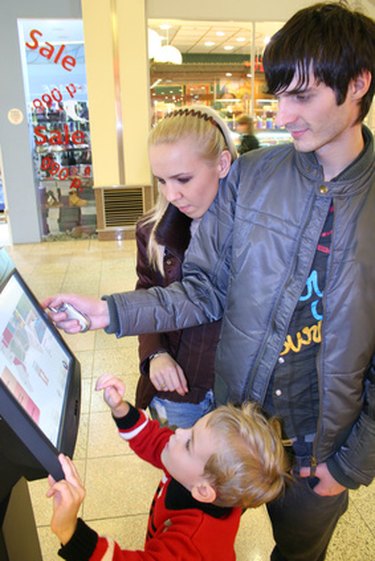
Touch-screen monitors are useful for many reasons, but they also have a few disadvantages. Before deciding on whether to invest in a touch-screen monitor of any kind for your business or personal use, look at the advantages and disadvantages.
Proximity to the Screen
Video of the Day
If you are using a touch-screen monitor you have to be close to the screen in order to touch it. This can be frustrating if you have a big desk and you keep your monitor in a place where you have to reach for it. If you are not using a touch-screen monitor, you can be as far away from the screen as your keyboard or mouse will allow you.
Video of the Day
Accuracy
Unless you are using a stylus pen, a touch-screen monitor may not be all that accurate, depending on the size of the icon as it relates to your finger. Small objects on the screen may be hard to touch if you are using your finger, whereas it is easy to click with a mouse or keyboard.
Speed
It is much faster to click something using your finger or a stylus pen than it is to move a mouse or keyboard arrows. Speed can make a huge difference while playing a fast-paced game. Speed also can be significant for placing orders in your business.
Desk Space
You will have more desk space when you own a touch-screen monitor since you are not required to hook up a standard keyboard and mouse. Also, you can put food and pop on the desk without worrying about it spilling something on the keyboard or mouse. If the computer is for your business, you don't have to worry about needing to replace the keyboard or mouse due to careless customers or employees.
Cleanliness
Another disadvantage of touch-screen monitors is that the displays get dirty frequently because of constant touching with oily or sweaty fingers. Fortunately, touch-screen monitors are made out of glass or something similar, so it is easier to clean than a regular monitor.
Simplicity
For beginning computer users, using a touch-screen monitor is easy and less intimidating.